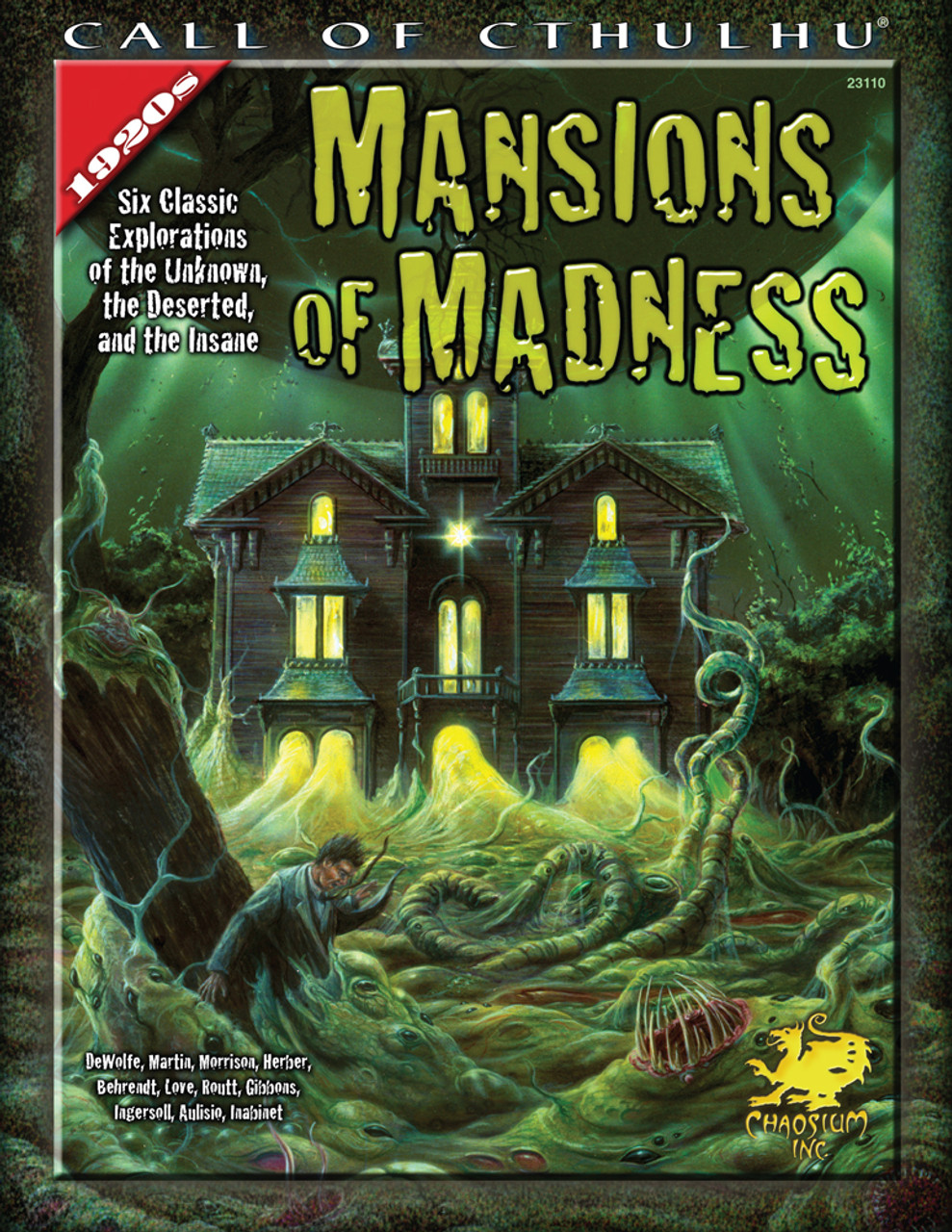- Book of Madness comes with two gamble games to help you do so. The first gamble game is a classic. All you need to do is determine whether the next card in the sequence will be red or black. The other is a simple ladder. Climb to the top to grab the biggest win. These gamble games can be fun to try, so you can claim half of your winnings.
- You play as student wizards who foolishly open an ancient book and release imprisoned Monsters. Reseal the Book, page by page, while avoiding the creep of madness. To win you must work together, learn new spells, master the elements and try not to lose your mind! The Big Book of Madness is a cooperative game using deck-building mechanics. This original experience offers an exciting challenge for all players, from novices to experts. Contents: 301 cards 136 elements.
- 'Regina O'Melveny's debut novel, The Book of Madness and Cures, is a marvelous, inventive story of a singular courageous woman on a quest to find her missing father.Set in the Renaissance, it explores the wonders, and dangers, of Europe and Asia Minor and recreates a world-exotic and familiar, sensuous and beguiling-where a defiant woman, practicing the ancient healing arts, is.
In Madness Lies Magic. It's not for teh weak-willed, magic. It'll blast the sanity right out of you, tear the innocence from your soul, devour the shreds of humanity from your heart. The cogs of the universe spin on axes too vast for humans to grasp, and once you open the door to magic, you open yourself to the baggage that comes along for the ride - maddened Marauders, necrotic Nephandi and the strangeness of spirits that predate humanity.
Description
Your first year at the Elemental College has been disappointing. They taught you to light a flickering flame at the tip of your finger, but you've spent much more time reading books than learning powerful spells as future great wizards like you should.
So when you heard about the Big Book of Madness hidden in the great school library, you couldn't help but to sneak in and peek in this intriguing tome in spite of the warnings. When you slowly lift the cover of the terrible book, dozens of dreadful creatures rush out, threatening to destroy the world itself! This was your mistake, and only you can fix it now! Learn from the library to fight back against the monsters, and try not to sink into insanity..
he Big Book of Madness is a co-operative deck-building game for 2-5 players. Young magicians must defeat the terrifying monsters released, one page at a time.
2-5 players
Ages 10+
60-90 minute play time
Contains:
301 Cards
136 Elements
48 Curses
35 Madness
56 Spells
8 Wizards
18 Tome pages
2 Tokens
1 Game board
1 Cardboard lectern
1 Rulebook

The philosophy of psychosis and the psychosis of philosophy: a philosopher draws on his experience of madness. Sports gambling movies.

The philosophy of psychosis and the psychosis of philosophy: a philosopher draws on his experience of madness. Sports gambling movies.
Inetbet eu casino. In this book, philosopher and linguist Wouter Kusters examines the philosophy of psychosis—and the psychosis of philosophy. By analyzing the experience of psychosis in philosophical terms, Kusters not only emancipates the experience of the psychotic from medical classification, he also emancipates the philosopher from the narrowness of textbooks and academia, allowing philosophers to engage in real-life praxis, philosophy in vivo. Harrahs casino online. Philosophy and madness—Kusters's preferred, non-medicalized term—coexist, one mirroring the other.
Kusters draws on his own experience of madness—two episodes of psychosis, twenty years apart—as well as other first-person narratives of psychosis. Speculating about the maddening effect of certain words and thought, he argues, and demonstrates, that the steady flow of philosophical deliberation may sweep one into a full-blown acute psychotic episode. Indeed, a certain kind of philosophizing may result in confusion, paradoxes, unworldly insights, and circular frozenness reminiscent of madness. Psychosis presents itself to the psychotic as an inescapable truth and reality.
Big Book Of Madness Expansion
Kusters evokes the mad person's philosophical or existential amazement at reality, thinking, time, and space, drawing on classic autobiographical accounts of psychoses by Antonin Artaud, Daniel Schreber, and others, as well as the work of phenomenological psychiatrists and psychologists and such phenomenologists as Edmund Husserl and Maurice Merleau-Ponty. He considers the philosophical mystic and the mystical philosopher, tracing the mad undercurrent in the Husserlian philosophy of time; visits the cloud castles of mystical madness, encountering LSD devotees, philosophers, theologians, and nihilists; and, falling to earth, finds anxiety, emptiness, delusions, and hallucinations. Madness and philosophy proceed and converge toward a single vanishing point.

